

— Products —
 Consumer hotline +8618073152920
Consumer hotline +8618073152920 WhatsApp:+8615367865107
Address:Room 102, District D, Houhu Industrial Park, Yuelu District, Changsha City, Hunan Province, China
All products
Rain and snow gauges are essential meteorological instruments used for measuring the amount of precipitation over a specific period. They play a crucial role in weather forecasting, hydrological studies, agricultural planning, and water resource management. There are different types of gauges designed to measure liquid (rain) and solid (snow) precipitation accurately. Understanding how these gauges work and their applications helps in various fields, from climate research to ···
Tel/WhatsApp:+8615367865107
Email:Arvin@niubol.com +Nearly 100 partner companies in more than 68 countries. We are committed to providing high-quality, practical products to meet your needs and help you solve problems. Our products comply with international standards and are certified with ISO, CE and RoHS.Product Details
Rain and snow gauges are essential meteorological instruments used for measuring the amount of precipitation over a specific period. They play a crucial role in weather forecasting, hydrological studies, agricultural planning, and water resource management. There are different types of gauges designed to measure liquid (rain) and solid (snow) precipitation accurately. Understanding how these gauges work and their applications helps in various fields, from climate research to flood prevention.
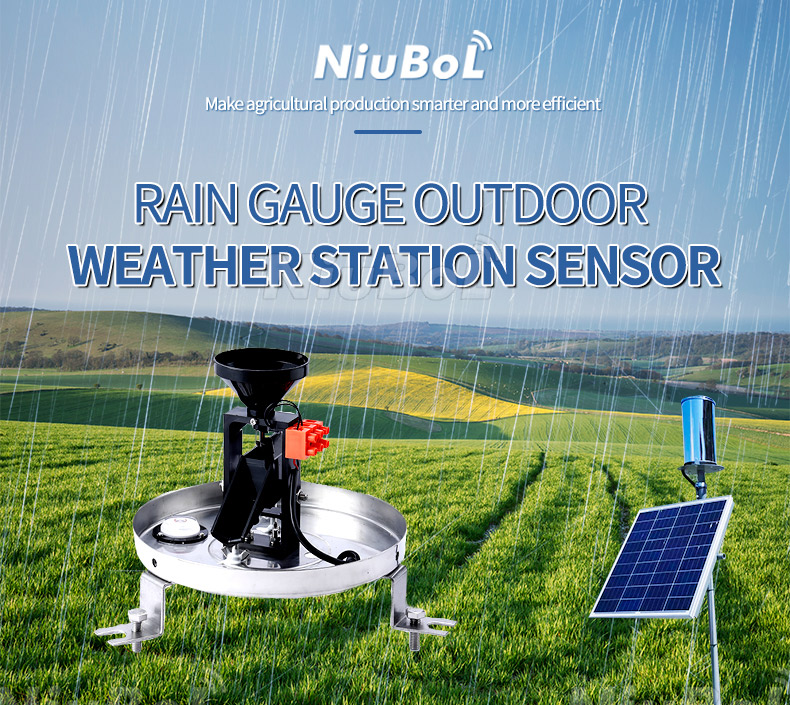
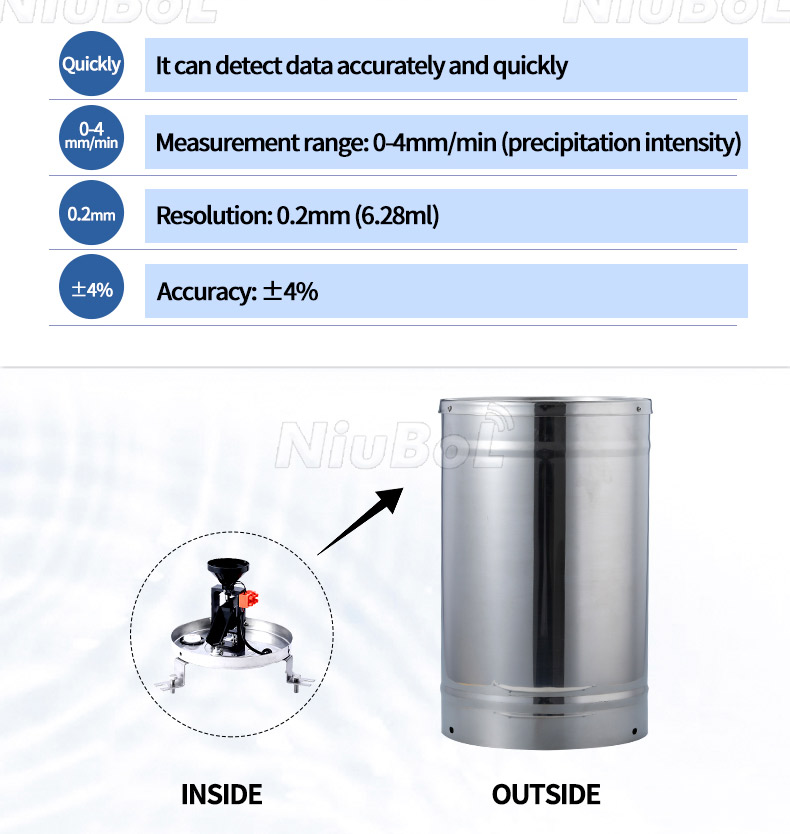
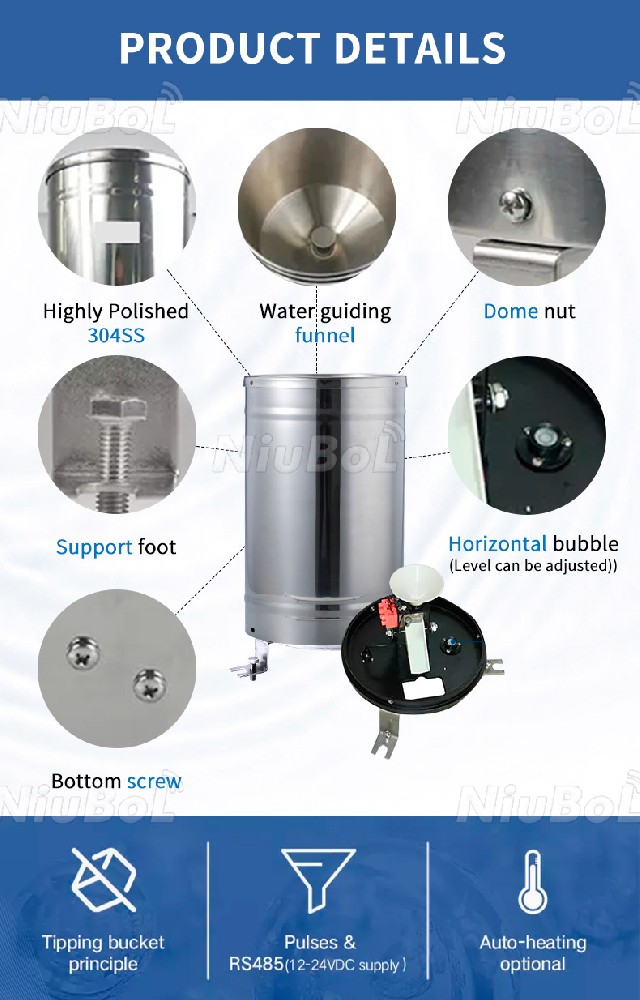
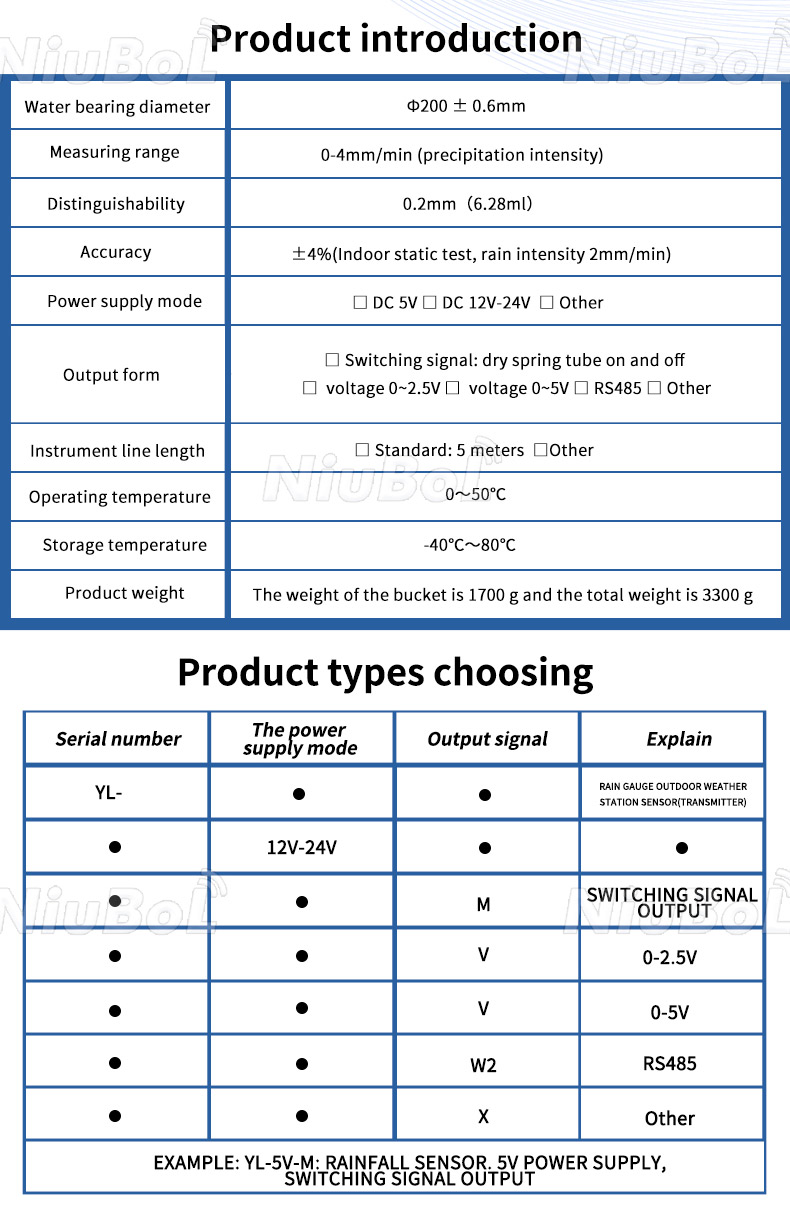
Rain Gauges
Rain gauges, also known as pluviometers, measure the amount of liquid precipitation over a set area in a given period. The most common types include:
1. Standard Rain Gauge: Consists of a funnel leading into a graduated cylinder that collects and measures the rainfall. The diameter of the funnel and the cylinder is standardized to ensure accurate measurements.
2. Tipping Bucket Rain Gauge: Features a funnel that directs rainwater into a small seesaw-like container. When a specific amount of rain is collected, the bucket tips, emptying the water and sending an electrical signal that is recorded. This gauge is good for recording the intensity and duration of rainfall but may miss very light rain or drizzle.
3. Weighing Rain Gauge: Collects rain in a bucket that sits on a scale. The weight of the collected water is recorded over time, providing a continuous measurement of rainfall. This type of gauge is effective in both light and heavy rain conditions and can also be adapted to measure snow.
Snow Gauges
Snow Gauges
Measuring snowfall presents additional challenges due to its variable density and the possibility of compaction and melting. Some common approaches include:
1. Standard Snow Gauge: Similar to a standard rain gauge but with a larger opening to catch snow. Measurements often require manual collection and melting of the snow to convert it into a liquid equivalent for measurement in millimeters or inches.
2. Weighing Precipitation Gauge: By weighing the precipitation, this gauge can handle both rain and snow. The snow is collected in a bucket, and its weight is recorded. The content is then melted to determine the water equivalent of the snowfall.
Ultrasonic Snow Depth Sensor
3. Automated Snow Gauges: These gauges use ultrasonic sensors or other automated methods to measure the depth of the snowpack. They can provide real-time data on snow depth, which, when combined with density measurements, can estimate the water equivalent of the snow.
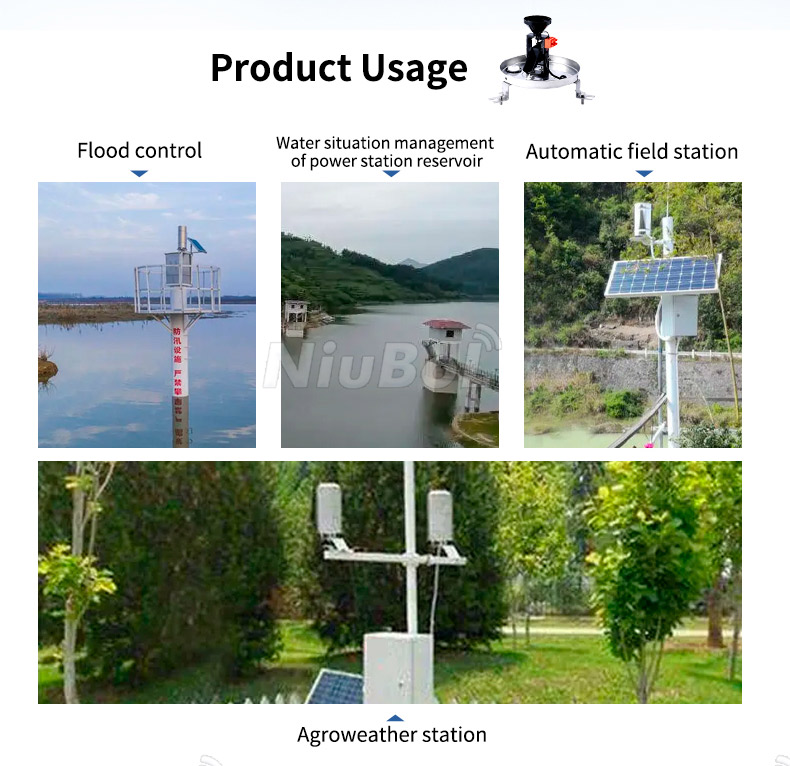
- Weather Forecasting and Monitoring: Precipitation data from rain and snow gauges are fundamental to weather prediction models and monitoring current weather conditions.
- Hydrology and Water Resource Management: Understanding precipitation patterns is crucial for managing water resources, predicting river flow rates, and preparing for flood events.
- Agriculture: Farmers rely on accurate precipitation data for irrigation planning and crop management to optimize yields and conserve water.
- Climate Research: Long-term precipitation records contribute to the study of climate change, helping scientists understand changes in weather patterns and precipitation trends over time.
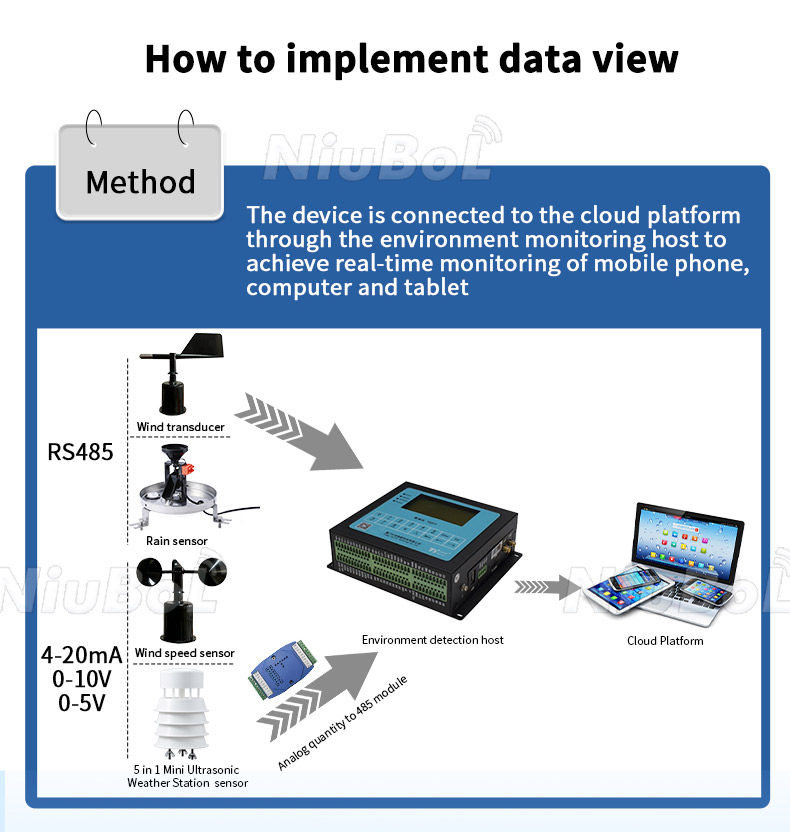
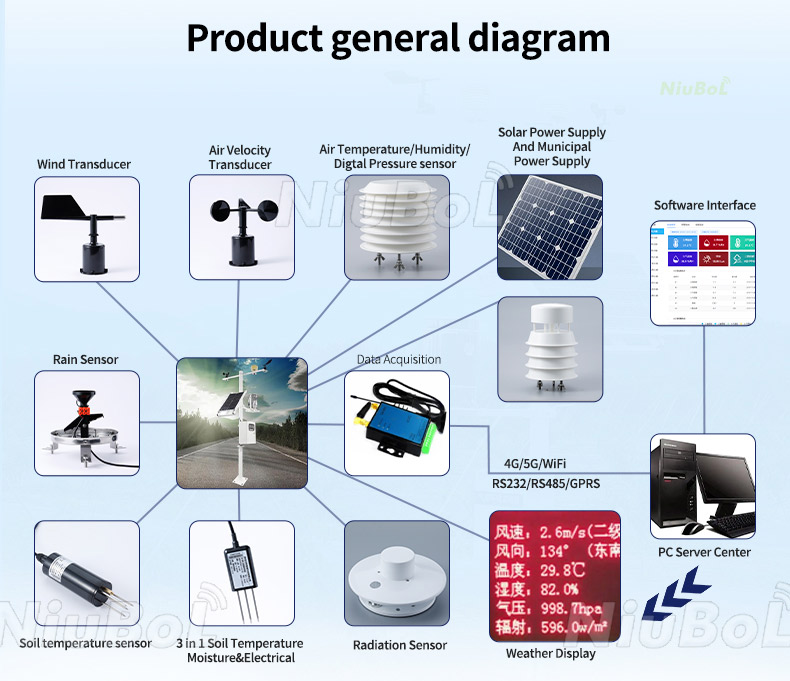
Rain and snow gaugesChallenges
Accurate precipitation measurement can be challenging due to factors like wind, evaporation, and the varying densities of snow. Wind can cause undercatch by deflecting precipitation away from the gauge. In cold conditions, some precipitation may evaporate before being measured, especially in tipping bucket and standard gauges. For snow, accurately converting depth to water equivalent requires knowledge of the snow's density, which can vary significantly.
Despite these challenges, advancements in technology and methodology continue to improve the accuracy and reliability of rain and snow gauges, making them indispensable tools in meteorology, hydrology, and environmental science.
NBL-W-ARS-Tipping-bucket-rain-gauge-instruction-manual.pdf
NBL-W-RS-Rain-sensors-instruction-manual-V4.0.pdf
Prev:Soil sensor rs485
Next:Rain gauge supplier
Sensors & Weather Stations Catalog
Agriculture Sensors and Weather Stations Catalog-NiuBoL.pdf
Weather Stations Catalog-NiuBoL.pdf
Related recommendations
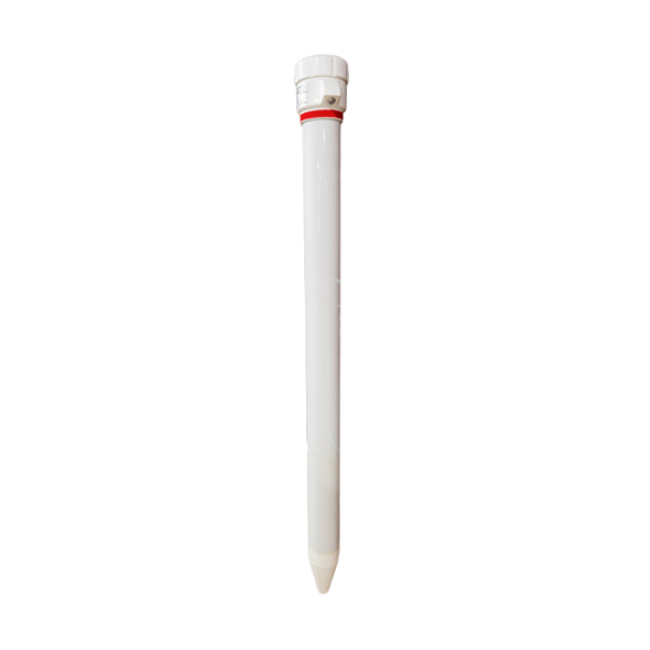 Multi-Depth Soil Sensor RS485
Multi-Depth Soil Sensor RS485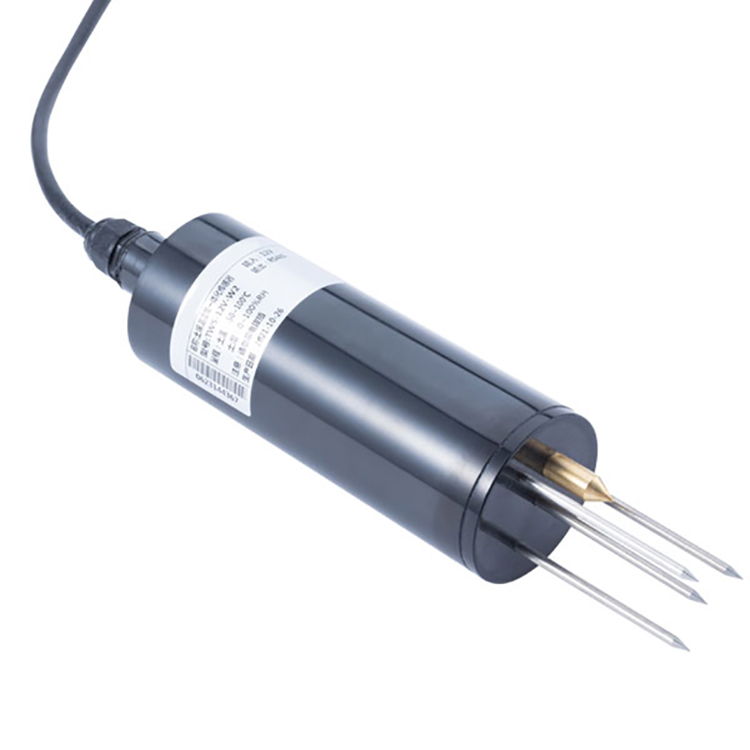 TDR Soil Moisture Sensor
TDR Soil Moisture Sensor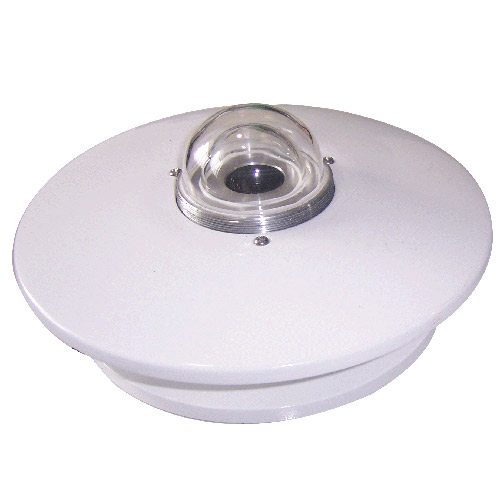 Pyranometer Solar Radiation Sensors
Pyranometer Solar Radiation Sensors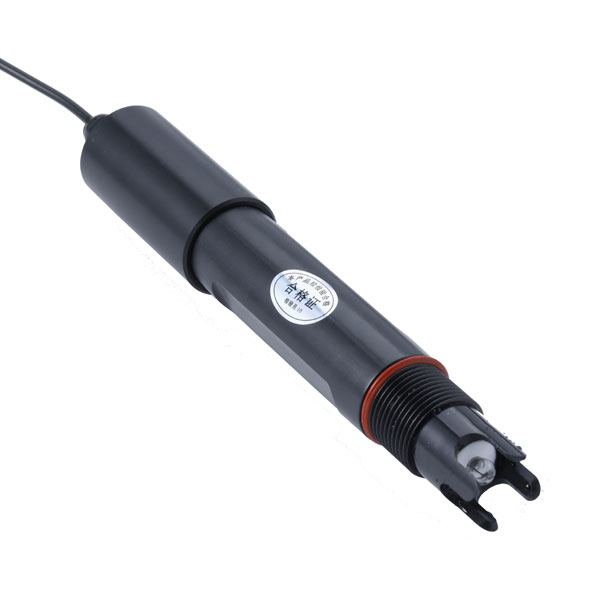 Soil ph sensor
Soil ph sensor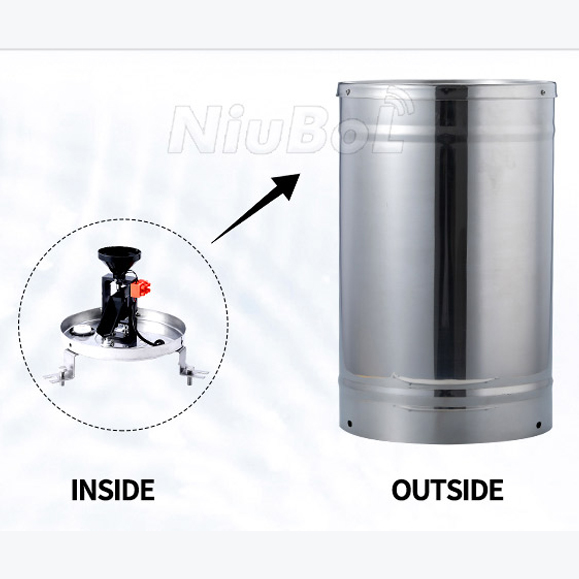 Tipping Bucket Rain Gauge
Tipping Bucket Rain Gauge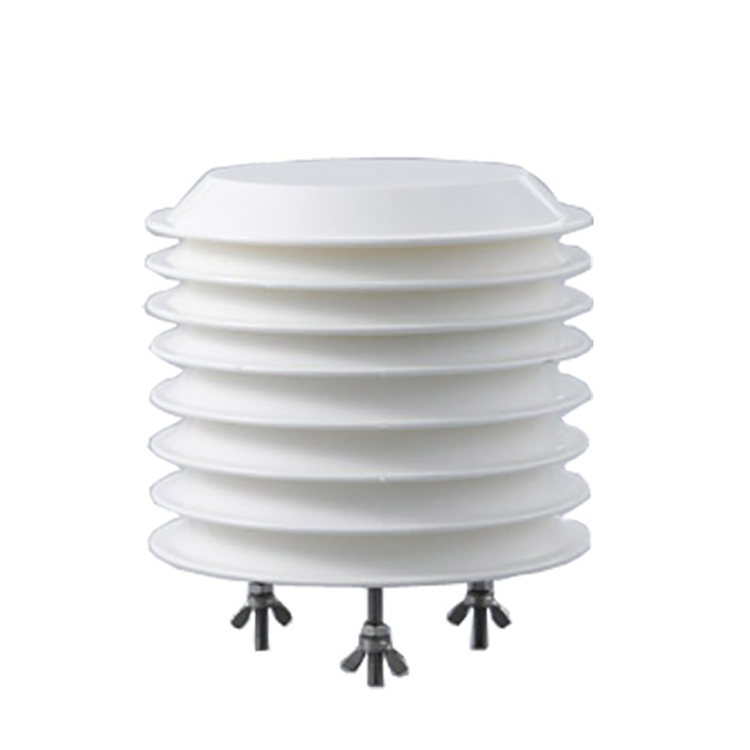 Air Temperature and Humidity Sensor
Air Temperature and Humidity Sensor
Screenshot, WhatsApp to identify the QR code
WhatsApp number:+8615367865107
(Click on WhatsApp to copy and add friends)
